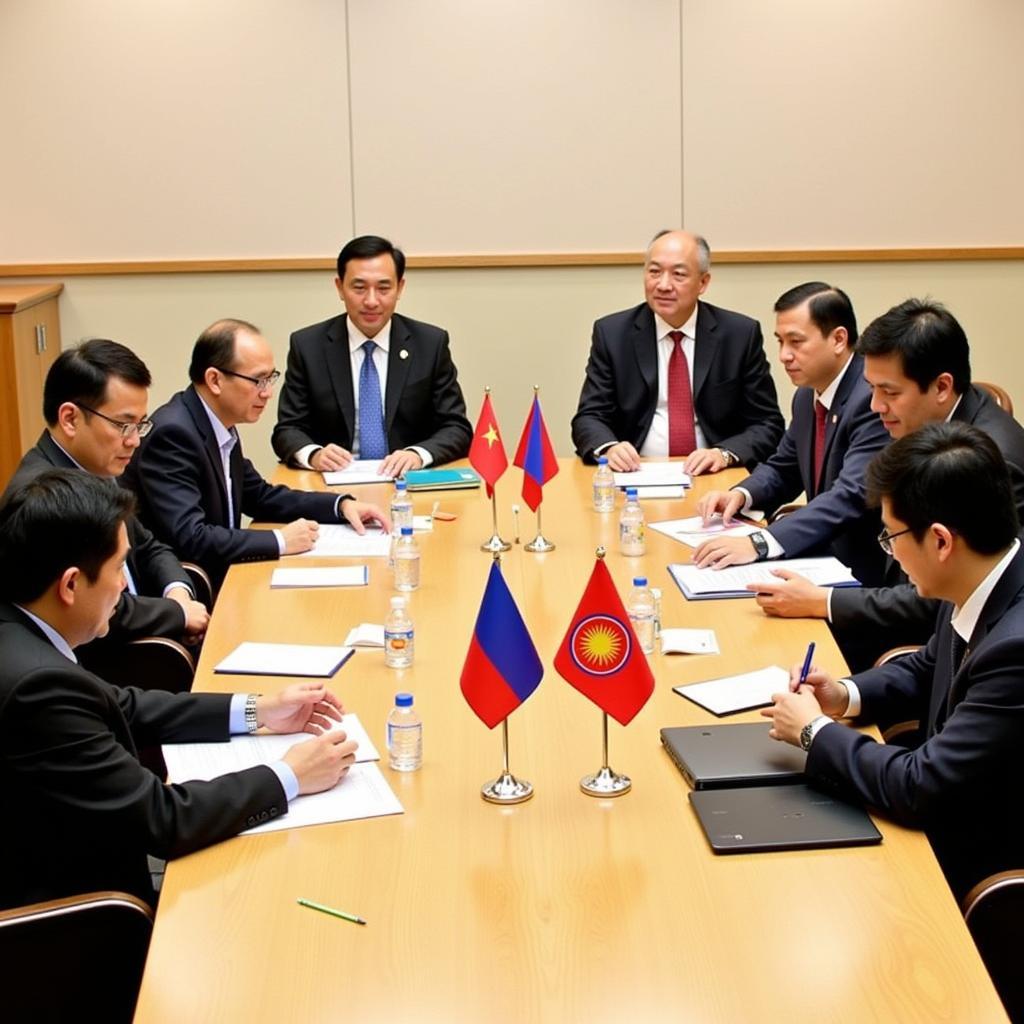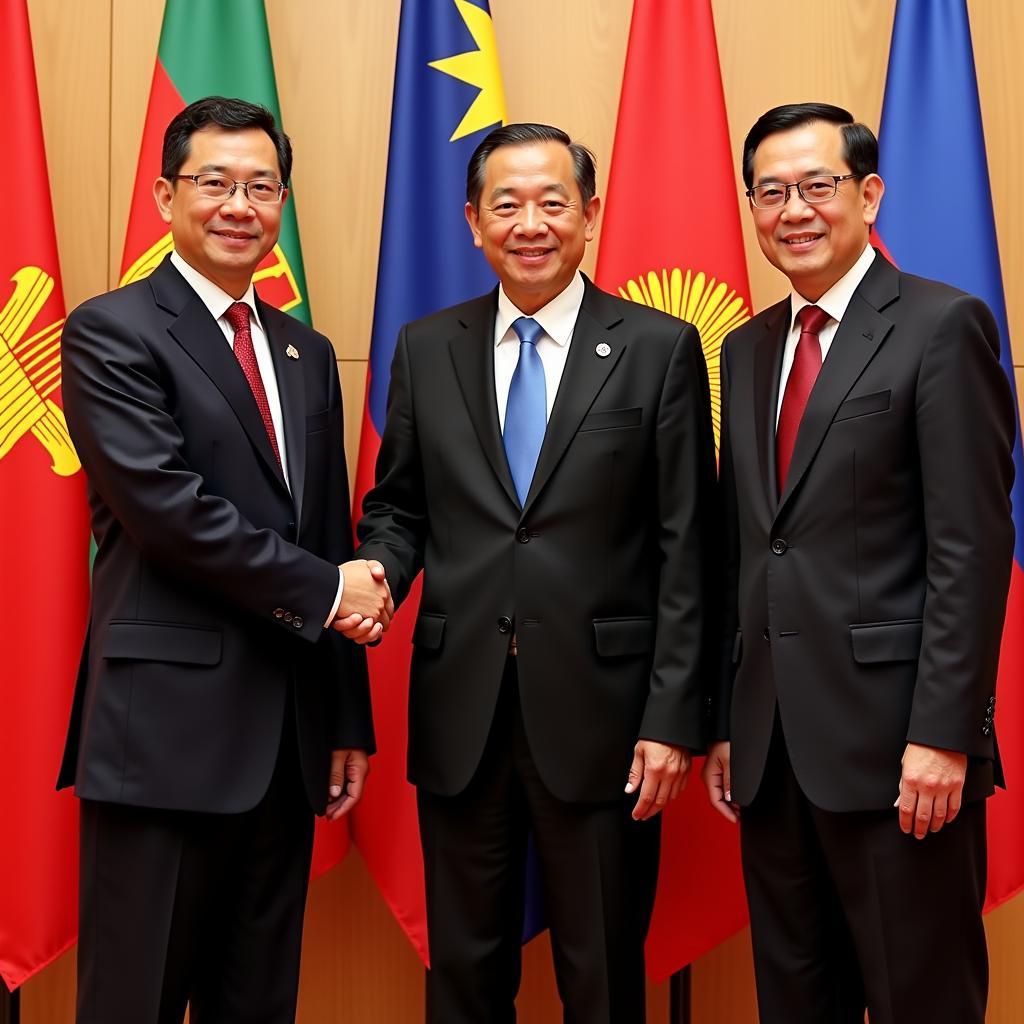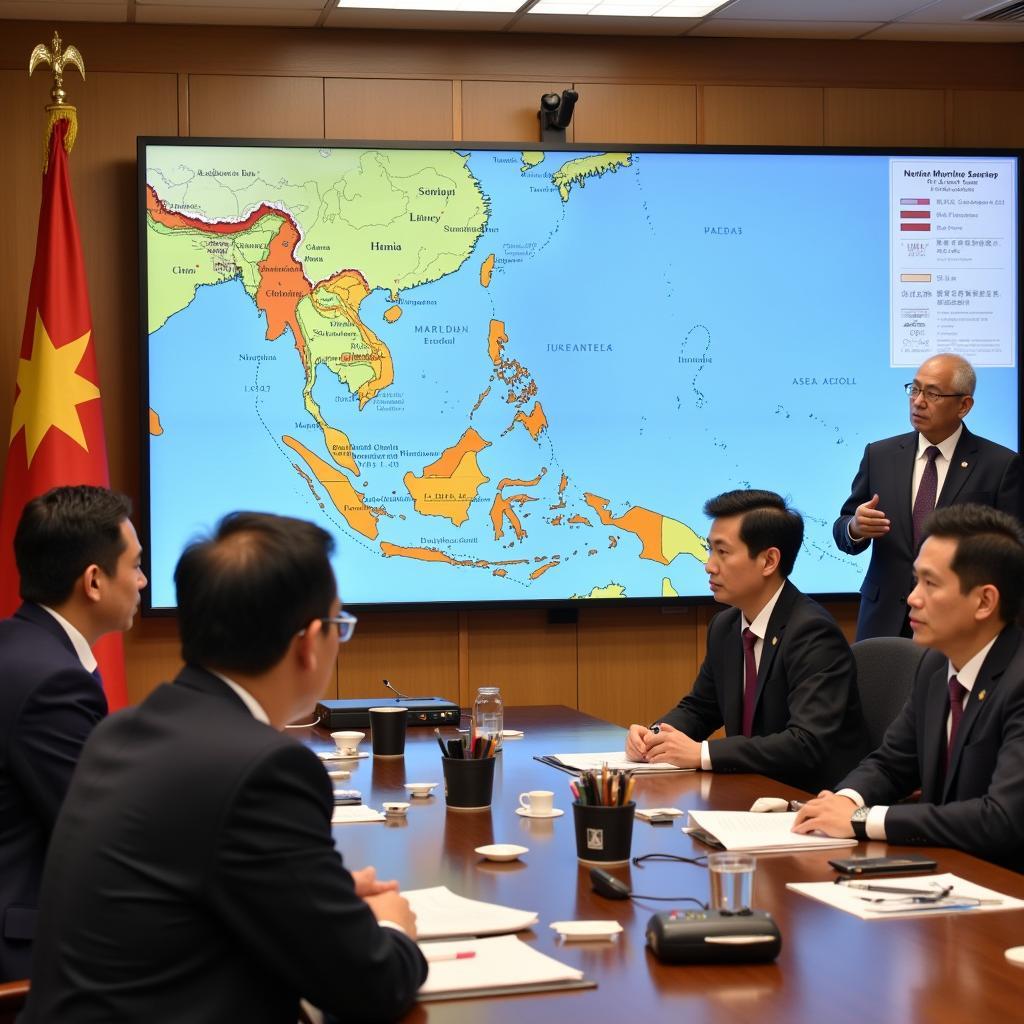The year 2010 marked a significant turning point for the Association of Southeast Asian Nations (ASEAN). As the global landscape shifted and the region faced new challenges and opportunities, ASEAN member states demonstrated a strong commitment to deepening regional integration and cooperation. This period witnessed the launch of key initiatives, the strengthening of existing mechanisms, and a renewed focus on addressing shared concerns, laying the groundwork for a more prosperous and interconnected Southeast Asia.
Advancing Economic Integration: The Dawn of the ASEAN Economic Community
A cornerstone of ASEAN’s vision for 2010 was the establishment of the ASEAN Economic Community (AEC) by 2015. This ambitious initiative aimed to transform the ten member states into a single market and production base, characterized by the free flow of goods, services, investment, and skilled labor. 2010 saw ASEAN intensify efforts to meet the AEC Blueprint targets, fostering closer economic ties through trade liberalization, harmonization of standards, and facilitation of cross-border investments.
 ASEAN Economic Community Blueprint 2010
ASEAN Economic Community Blueprint 2010
The implementation of the AEC Blueprint spurred significant economic growth across the region, attracting foreign direct investment and bolstering intra-ASEAN trade. This era witnessed the rise of regional supply chains, creating new opportunities for businesses and contributing to job creation.
Strengthening Regional Security Cooperation
Beyond economic integration, ASEAN recognized the paramount importance of maintaining peace and stability in the region. 2010 witnessed ASEAN bolstering its security cooperation mechanisms, focusing on non-traditional security threats such as terrorism, transnational crime, and natural disasters.
 ASEAN Summit on Security Cooperation 2010
ASEAN Summit on Security Cooperation 2010
The ASEAN Regional Forum (ARF), a key platform for dialogue and cooperation on security issues, continued to play a vital role in fostering confidence-building measures and preventive diplomacy. ASEAN also intensified efforts to combat terrorism through intelligence sharing, joint exercises, and capacity building programs.
Enhancing Connectivity for a Seamless ASEAN
Recognizing that seamless connectivity is crucial for fostering deeper integration, ASEAN prioritized infrastructure development and the bridging of development gaps. Initiatives such as the Master Plan on ASEAN Connectivity (MPAC) aimed to enhance physical, institutional, and people-to-people connectivity within the region.
 Infrastructure Projects in ASEAN 2010
Infrastructure Projects in ASEAN 2010
These efforts translated into tangible progress, with numerous infrastructure projects, including highways, railways, and ports, being implemented across Southeast Asia. Enhanced connectivity facilitated trade, tourism, and cultural exchange, further strengthening the bonds within ASEAN.
Conclusion
The year 2010 served as a pivotal moment in ASEAN’s journey towards regional integration. Through concrete actions and a shared vision, ASEAN member states demonstrated their commitment to building a more prosperous, secure, and interconnected Southeast Asia. The initiatives launched and the progress made during this period laid a solid foundation for the region’s continued growth and development. As ASEAN continues to navigate a complex and evolving global landscape, the spirit of 2010 serves as a reminder of the power of collective action and the transformative potential of regional cooperation.
For inquiries about ASEAN or assistance with media and communication needs in Southeast Asia, please contact:
Phone Number: 0369020373
Email: [email protected]
Address: Thôn Ngọc Liễn, Hiệp Hòa, Bắc Giang, Việt Nam.
Our dedicated customer support team is available 24/7 to assist you.

